Affiliate links on Android Authority may earn us a commission. Learn more.
Who owns the notch?
Published onMarch 15, 2018
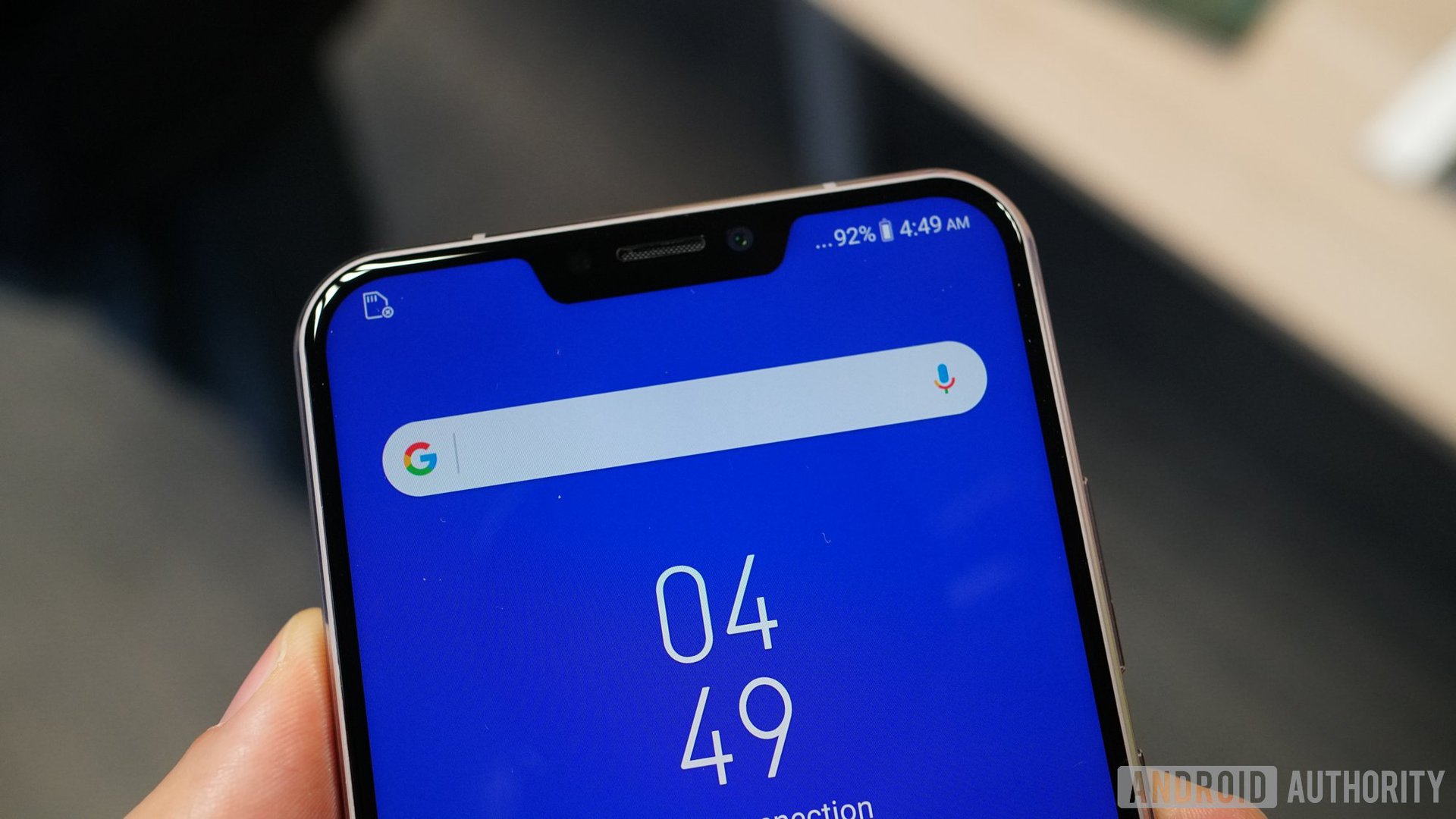
Essential did it first. Apple made it bigger and bolder. Now the rest of the smartphone world is playing me-too. So who “owns” the notch? And more to the point: who even wants to?
As bezels decrease on new phones thanks to improved display technologies, manufacturers are faced with an obvious problem: where will all the things that people like to have on the front of their phones go?
Front-facing cameras, speakers, buttons, and fingerprint sensors are being shuffled around or replaced by the likes of gestures, under-glass solutions and relocation. Xiaomi tried “cantilever piezoelectric ceramic acoustic technology” to address the earpiece speaker, Samsung finally relented and moved its trademark fingerprint scanner to the back of the phone, and we’ve now seen a pop-up selfie camera in a bezel-less concept from vivo that has the added benefit of an under-glass fingerprint sensor.
These examples just go to show the lengths manufacturers will go in the pursuit of increasingly bezel-less screens. But when the tech isn’t quite there yet but a phone still has to be released, more and more companies are finding themselves in the position Apple faced last year.
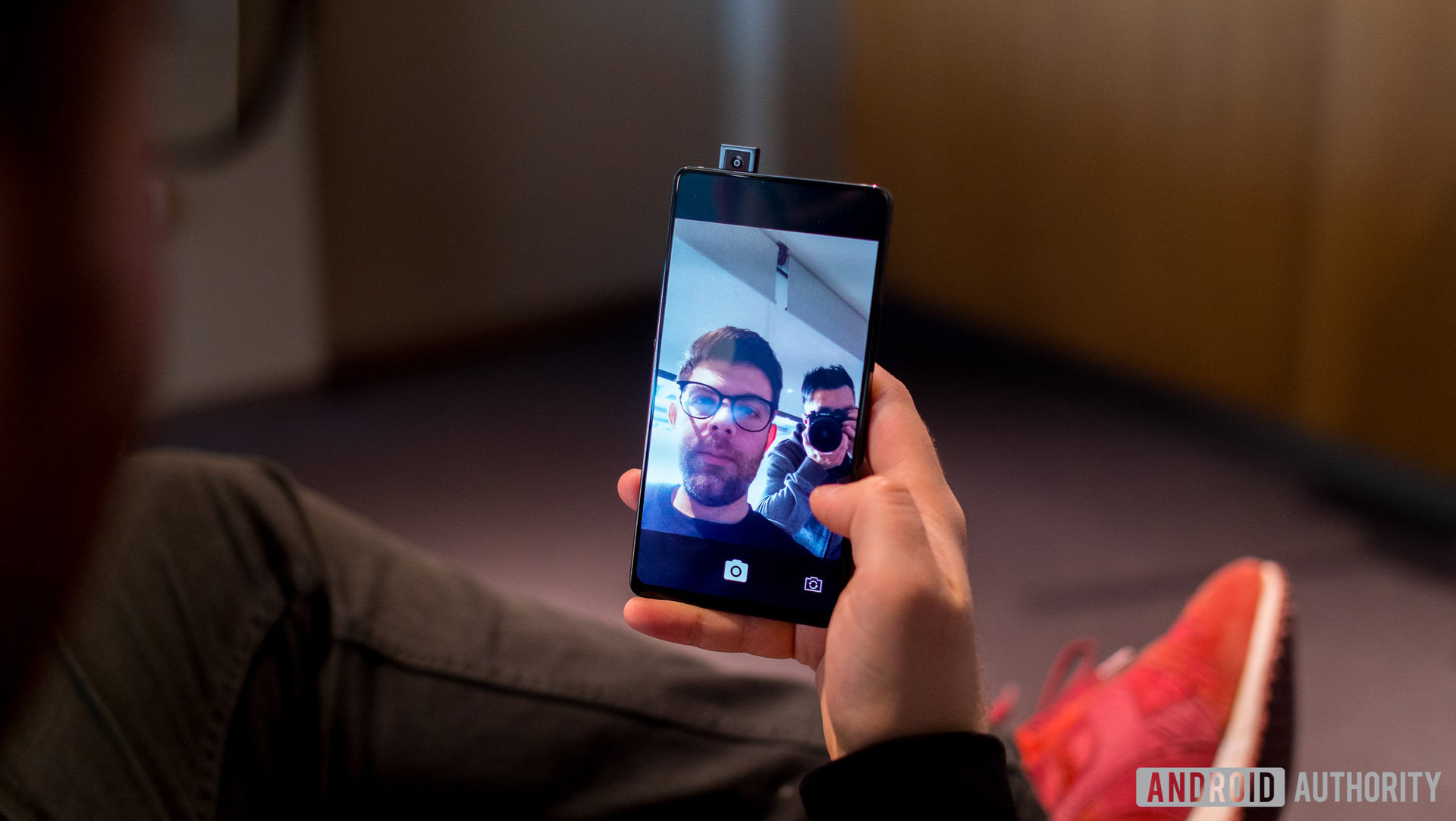
The notch isn’t a one-off either – the latest “trend” at MWC 2018 was the emergence of the notch on Android phones, a cut-out at the top of a phone to house some components, while retaining as much screen as possible. There were as many as eight concepts or actual new phones either showing at MWC or leaked there that suggest that Android notches are officially here.
Read Next: Best phones without a notch
Meanwhile, Google has added notch support in Android P which could mean they have plans for a notch in their next Pixel device – total speculation, but a real possibility.
Android phones with a notch, so far:
- Essential Phone
- ASUS Zenfone 5 series
- Ulefone T2 Pro
- Leagoo S9
- OPPO R15
- DOOGEE V
- Sharp Aquos S2
Rumoured to have a notch:
- LG G7
- HUAWEI P20
- OnePlus 6
- Sharp Aquos S3
Essential did it first
Yes, Essential was the first brand to market with a notch, launching the PH-1 on May 30, 2017. The notch was fairly well received as a small cut-out that gave the phone a unique shape and managed a best-in-class screen-to-body ratio of 84.9 percent. Just about every reviewer we found, including our own Joshua Vergara, found themselves initially perturbed by the cut-out, and then promptly forgot about it after some usage.
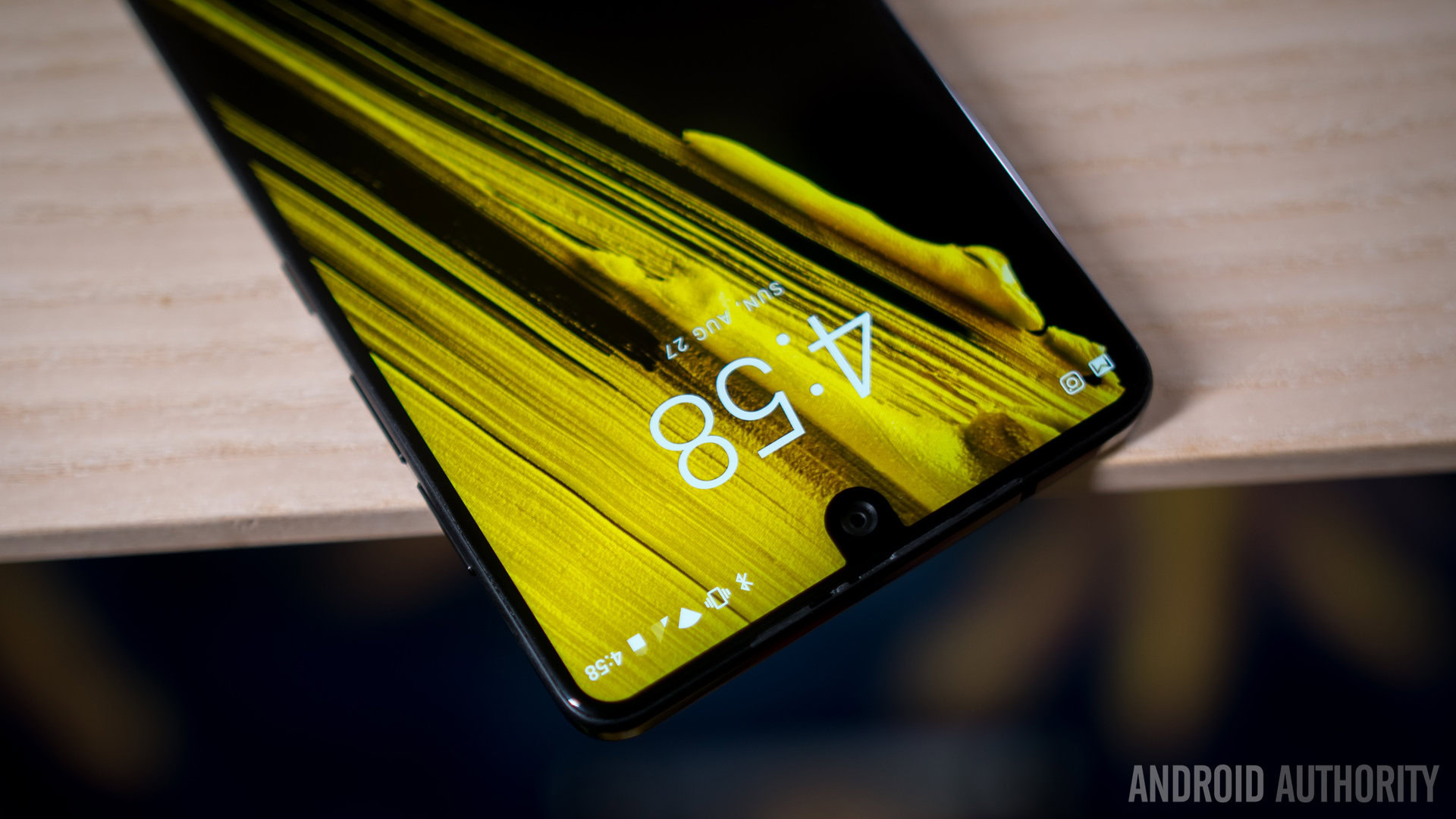
Oh, and while Essential did bring a notched device to market first, LG won a Korean patent on a similar design as early as November 2016. Samsung filed a patent for a notch design as well, just before Apple’s release of the iPhone X.
Apple was second, but bigger
The iPhone X did come second but it really made the notch A Thing. Announced on September 12, 2017, along with the older-style iPhone 8, the new X housed multiple sensors and cameras for FaceID, and removing the home button/fingerprint sensor allowed for a very high ratio of screen-to-body, judged to be some 82.9 percent, the most by far from any iPhone. Apple also designed their notch in quite a specific wedge shape.
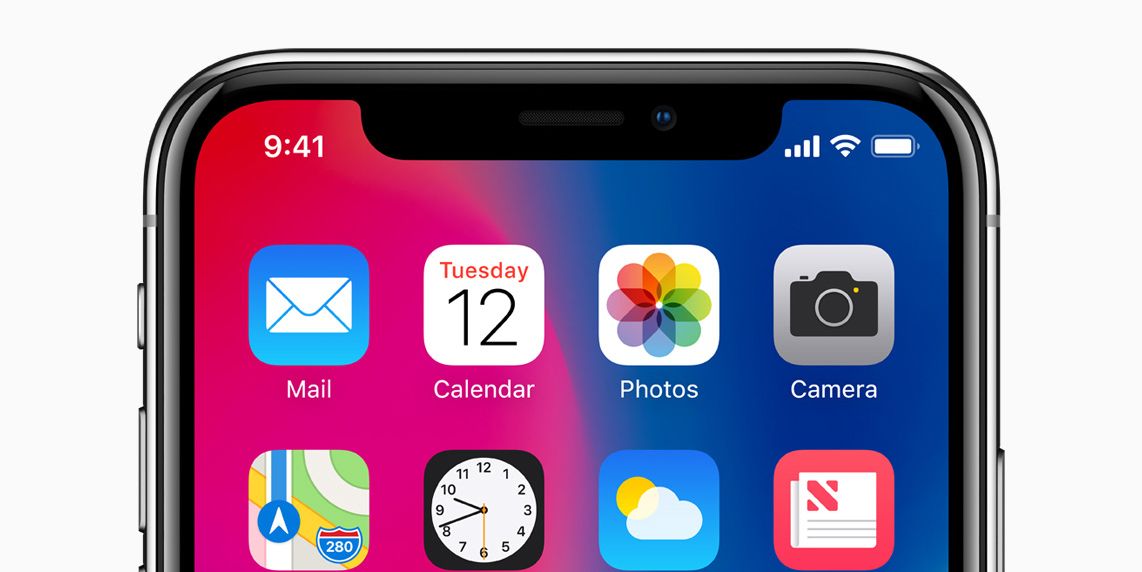
Now, the Apple-style of notch is an intriguing design choice. I’m in the camp that agrees that Apple has embraced the iPhone X’s notch as a brand identifier in itself. Sure, it’s a compromise and not something many want in a phone, but when a phone as quintessentially a status symbol as the tenth anniversary iPhone ships with a notch, it very quickly normalizes what would, anywhere else, be considered a curious failure of design. Right now, it’s a highly recognizable mark of excess and status – and unlike the previous iPhone line-ups, it’s easy to tell if someone is toting an iPhone X via this mark, whereas it was much less obvious if someone had an older iPhone 6S or had splurged on an iPhone 8.
As sure as night follows day, Android manufacturers are borrowing heavily from Apple on this one. One of the first to directly copy the style is Taiwanese manufacturer ASUS, who debuted their latest ZenFone 5 at MWC with a notch. Marcel Campos, ASUS’ global head of marketing, told the Android Authority team at its MWC pre-briefing, that:
“Some people will say it’s copying Apple. But we cannot get away from what users want. You have to follow the trends.”
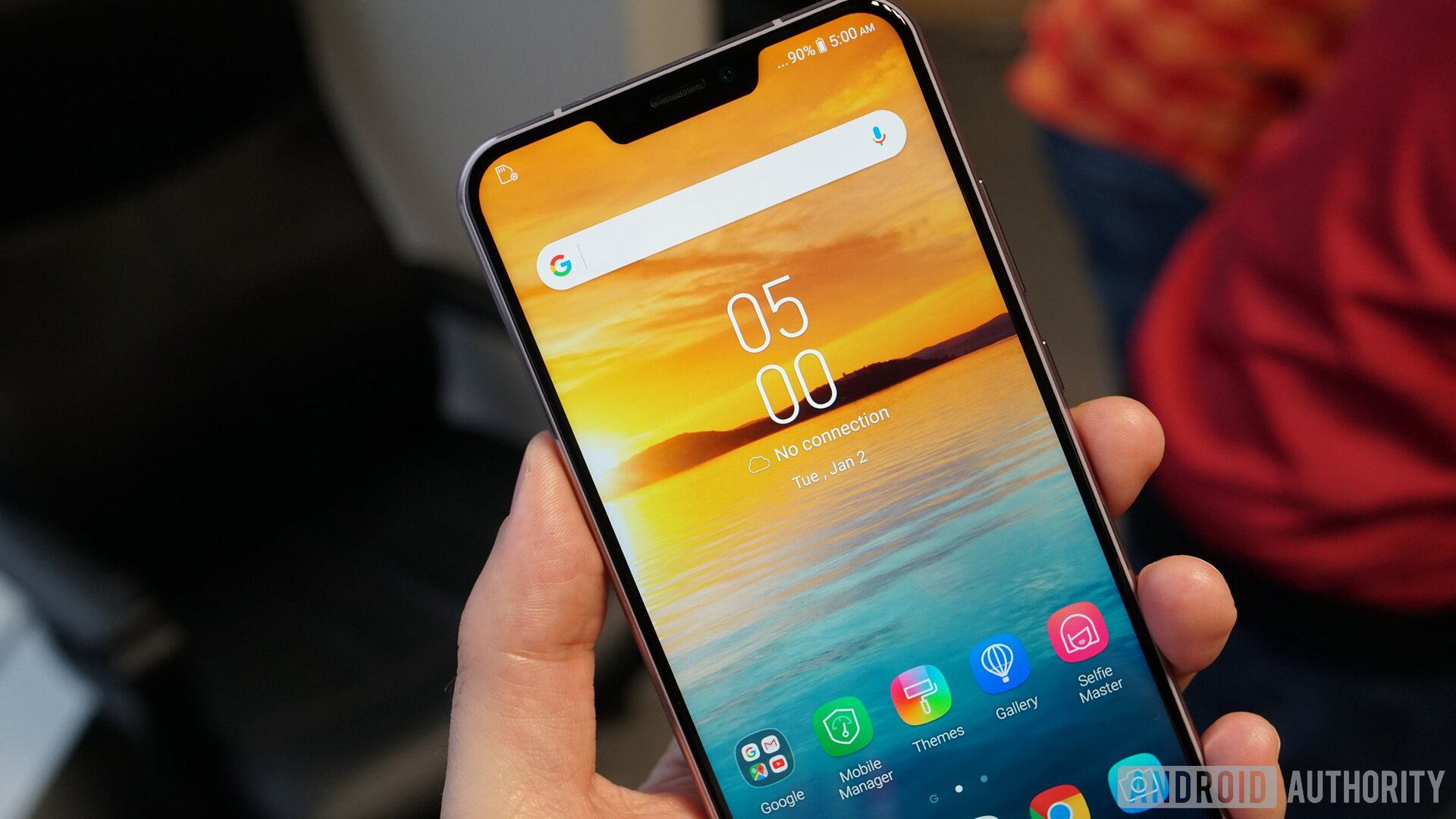
It’d be hard to find too many Android fans that would support Campos’ reasoning that everything Apple does Android fans want.
The problem for Android manufacturers that do copy in the worst way – offering similar designs but with less functionality – only supports Apple in the end, providing a form of free advertising. Copying the notch design allows them to sell iPhone-lookalikes to consumers that can’t afford them in developing markets, but it also reinforces Apple’s debatable design choice. Failing to differentiate themselves and blindly copying Apple’s least endearing moves – headphone jack removal, and now the notch – only creates short-term gains, while looking bereft of original ideas. And anyone who does get a ‘real’ iPhone receives a higher quality product, with the price tag to match.
Given we can find at least four different approaches from Essential, LG, Samsung, and Apple to cramming front-facing sensors and cameras on a nearly-bezel-less design, there’s an argument to be made for convergent evolution. The same theory aliens might very well look like us because they’re likely to have evolved in a similar environment to Earth’s is analogous to smartphone designers independently coming up with ways to address front-facing features on an all-screen design.
It’s a theory that has some legs – but we’re here for a final word on the notch, so here it is:
If it’s a small, surreptitious cut-out at the top to house a front-facing camera, it’s Essential who are being copied, loud and clear.
If it’s a large wedge-shaped cut-out at the top of the screen and it does not house anything worthwhile like quality facial recognition, it’s an Apple copy.